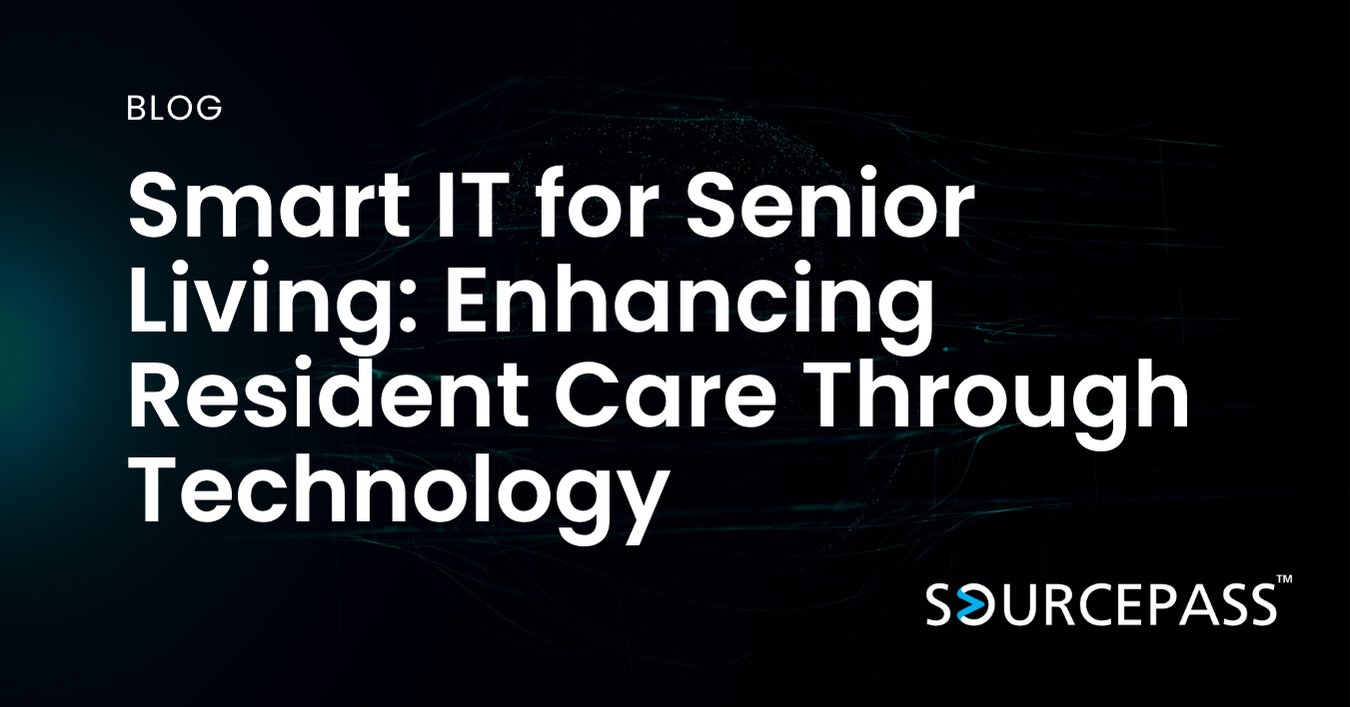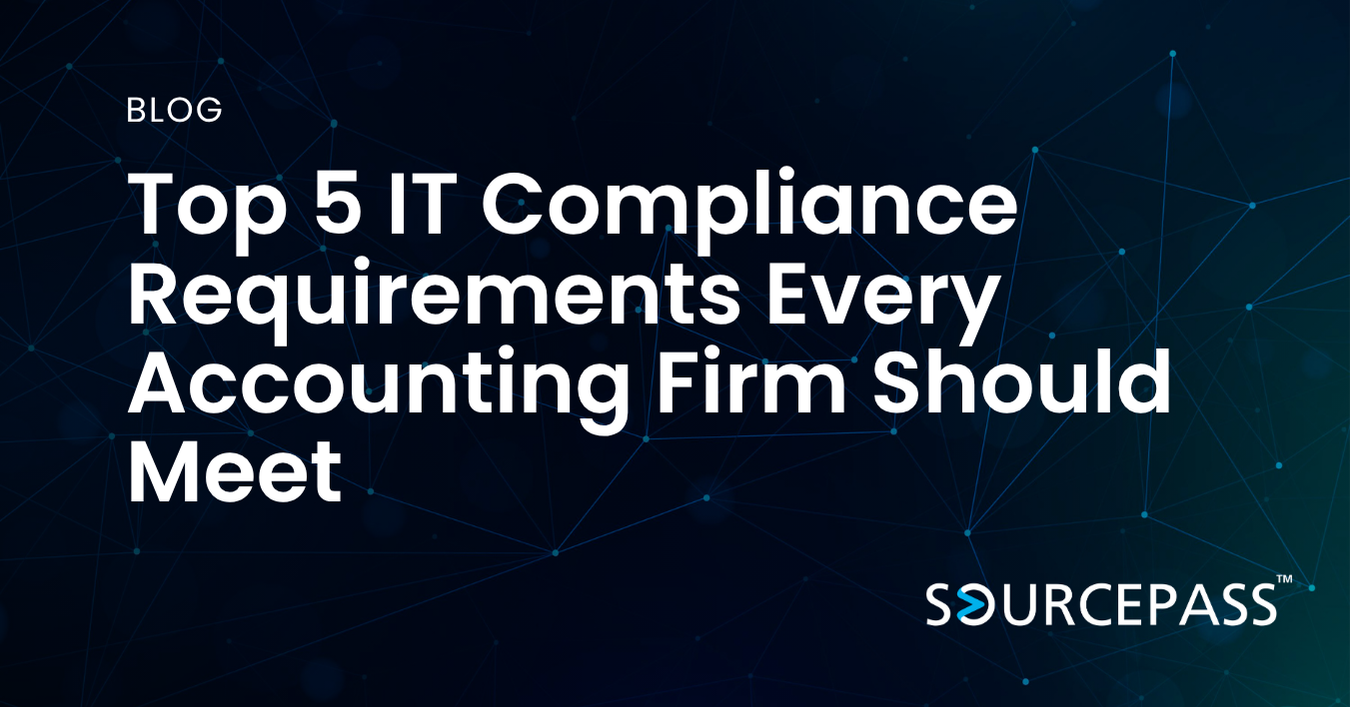Smart IT for Senior Living: Enhancing Resident Care Through Technology
Jun 04, 2025 Admin Industry - Healthcare | IT Services & Support 3 min read



Senior living communities are undergoing a digital transformation.
With the aging population growing rapidly, assisted living and senior care facilities are turning to smart IT solutions to meet the complex needs of residents while improving operational efficiency.
From remote health monitoring to digital communication tools, senior living technology plays a pivotal role in delivering high-quality, person-centered care.
This article explores how assisted living IT infrastructure is evolving and the key technologies that are improving outcomes for both residents and caregivers.
The Growing Need for Healthcare Tech
in Aging Populations
The senior care industry faces mounting challenges: staff shortages, rising operational costs, and increasing demand for specialized care.
At the same time, families expect a higher standard of living and communication from care providers. Implementing healthcare tech for aging populations is no longer optional—it’s a strategic necessity.
Technologies that support proactive health management, safety, and real-time communication can significantly enhance the quality of life for seniors and help providers operate more effectively.
Key IT Solutions Powering Senior Living Communities
1. Electronic Health Record (EHR) Systems for Long-Term Care
Modern EHR systems designed for senior care allow staff to access critical resident information quickly, track care plans, and communicate more effectively across departments. These platforms help reduce errors, support regulatory compliance, and improve coordination between care providers.
Benefits of EHR in senior living:
- Real-time updates on medications, vitals, and care tasks
- Better compliance with state and federal documentation standards
- Easier coordination with outside physicians and specialists
2. Remote Patient Monitoring (RPM) and Telehealth
With more residents managing chronic conditions, remote patient monitoring is a game-changer. RPM devices collect vital signs like blood pressure, glucose, and oxygen levels and send the data directly to clinicians. This allows staff to identify health risks early and respond quickly.
Telehealth services also make it easier for residents to attend virtual consultations, reducing the need for transportation and minimizing health risks from outside visits.
3. Smart Building and Room Technologies
Senior living technology extends beyond clinical care. Smart sensors, voice-activated assistants, and automated lighting systems improve safety and quality of life. Motion sensors can detect falls or irregular movement patterns, while smart thermostats and lighting support comfort and energy efficiency.
Examples of smart building IT:
- Fall detection and emergency call systems
- Automated environmental controls (lighting, temperature)
- In-room voice assistants for reminders and entertainment
4. Resident and Family Communication Platforms
Effective communication is critical in senior care environments. Digital platforms that allow residents and families to stay connected foster trust and satisfaction. Features may include real-time updates, messaging with staff, activity calendars, and wellness check-ins.
Benefits of resident engagement tools:
- Improved transparency with family members
- Enhanced emotional wellbeing for residents
- Reduced administrative burden on care staff
5. Cybersecurity for Protected Health Information (PHI)
With the rise in assisted living IT solutions, securing sensitive health data is essential. Cyberattacks on healthcare systems are increasing, and senior care facilities are not immune. Strong IT governance and cybersecurity protocols protect against breaches and ensure HIPAA compliance.
Security best practices include:
- Network segmentation and encrypted communication
- Endpoint protection and antivirus tools
- Regular audits and staff cybersecurity training
6. IT Infrastructure That Scales with Your Community
As your community grows, so should your IT capabilities. Scalable, cloud-based infrastructure ensures you can add devices, users, and locations without disrupting operations. Many modern IT solutions for senior living support integrations between clinical care, facilities management, and administrative systems.
How to Implement Smart IT in Senior Living
A successful senior living technology strategy starts with a clear understanding of your residents' needs and your staff’s workflows. Consider partnering with an IT provider that specializes in healthcare tech for aging populations. They can help assess your current infrastructure, recommend the right tools, and manage implementation.
Steps to get started:
- Conduct a full IT assessment of your current systems
- Prioritize technologies that improve safety, care quality, and staff efficiency
- Create a phased implementation plan
- Train staff and provide ongoing support
- Monitor outcomes and continuously optimize
Managed IT Services for Senior Living Facilities
Technology is transforming how senior living communities operate, interact, and care for residents. With the right assisted living IT tools in place, facilities can deliver better outcomes, improve safety, and foster deeper connections with residents and their families.
By embracing smart healthcare tech for aging, providers can meet the evolving expectations of residents while staying competitive in a rapidly changing industry.
Looking to modernize your senior living IT systems? Contact our team today for a customized consultation and technology roadmap.
Subscribe To
Sourcepass Insights
Sourcepass Insights
Stay in the loop and never miss out on the latest updates by subscribing to our newsletter today!
.png?width=500&height=100&name=White%20Logo%20-%20Transparent%20Tag%20(3).png)




